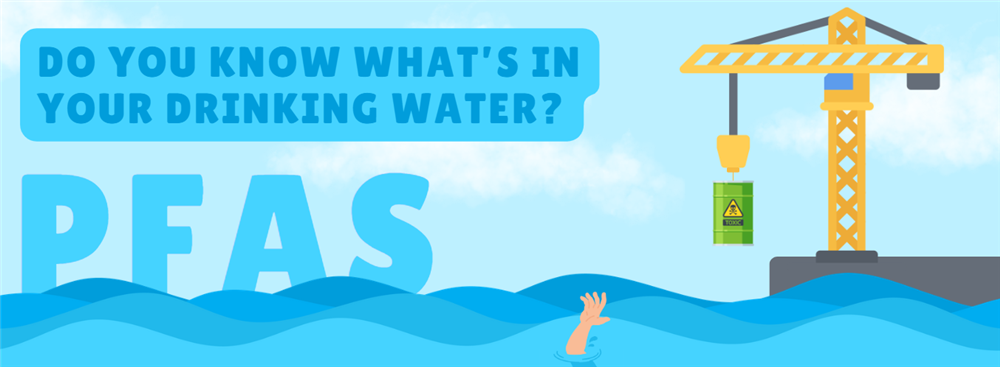
In recent years, a quiet but significant threat has been lurking in our drinking water, one that is often invisible and yet persuasive: PFAS, or per-polyfluoroalkyl substances. These human made chemicals have gained attention due to their widespread presence in the environment and potential health risks associated with exposure. As communities grapple with understanding and addressing the issue, it becomes increasingly crucial to shed light on what PFAS are and why they matter.
How do PFAS enter drinking water?
One of the primary pathways for PFAS to enter drinking water sources is through contamination of surface water and groundwater. Industrial facilities, military bases, airports, and firefighting training sites are common sources of PFAS contamination due to the historical use of PFAS - containing materials like firefighting foams. Additionally, improper disposal of consumer products and waste containing PFAS can leach into the soil and water, further contributing to contamination.
The Health Implications
The widespread presence of PFAS in drinking water has raised concerns about potential health effects. Studies have linked PFAS exposure to various health issues, including liver damage, thyroid disease, immune system disruption, and certain types of cancer. Furthermore, PFAS can bioaccumulate in the body over time, meaning even low levels of exposure may pose health risks, especially for vulnerable populations such as pregnant women and infants.
Regulatory Response and Communtiy Action
Recognising the urgency of addressing PFAS contamination, regulatory agencies have begun taking steps to monitor and regulate these chemicals in drinking water. In the United States, the Environmental Protection Agency (EPA) has established health advisory levels for certain PFAS in drinking water and is considering setting enforceable limits.
In addition to regulatory efforts, communities affected by PFAS contamination are taking proactive measures to protect their water resources and public health. This includes implementing advanced water treatment technologies, conducting regular testing for PFAS levels, and advocating for stricter regulations and cleanup efforts.
Moving forward
As we confront the challenge of PFAS contamination in drinking water, it's essential to prioritise both short-term remediation efforts and long-term prevention strategies. This includes investing in research to better understand the extent of PFAS contamination, developing innovative technologies for PFAS removal from water sources, and promoting sustainable alternatives to PFAS in manufacturing processes.
Furthermore, raising public awareness about the presence of PFAS in drinking water and its potential health risks is critical for empowering individuals and communities to take action. By working together across sectors and jurisdictions, we can mitigate the impact of PFAS contamination and ensure access to safe and clean drinking water for all.
CONTACT US
Tel: +44 (0) 151 649 4000
Email: marketing@greyhoundchrom.com
FOLLOW US
YOU MAY ALSO BE INTERESTED IN OUR NEWSLETTER







